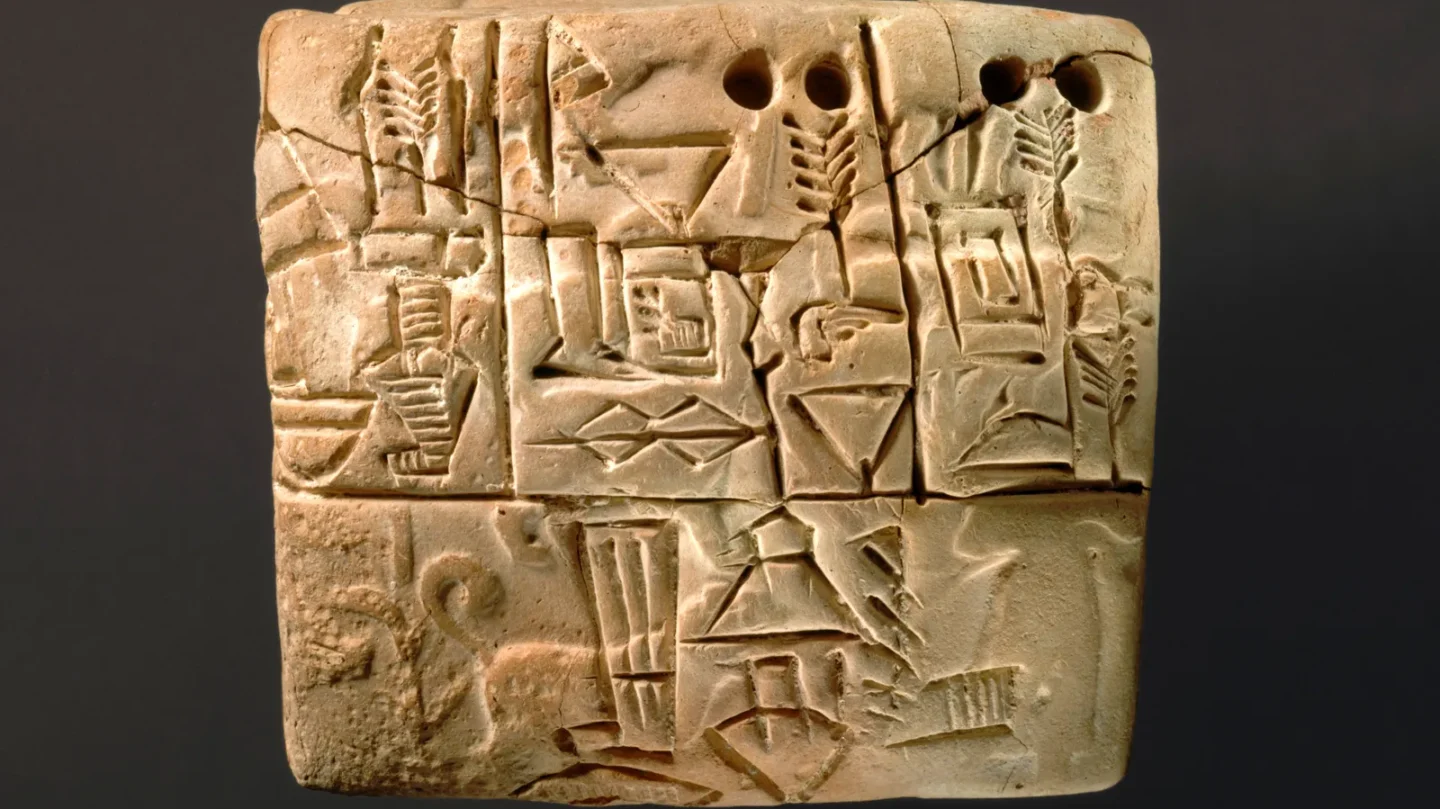The Birth of Writing: Cuneiform in Mesopotamia
The evolution of writing began over 5,000 years ago in ancient Mesopotamia, in what is now modern-day Iraq. Around 3200 BCE, the Sumerians developed the first known writing system: cuneiform. Initially, it was created for practical purposes such as record-keeping for trade, taxes, and grain storage. The earliest symbols were pictographs—simple images representing objects or ideas—pressed into clay tablets using a reed stylus.
Over time, the system became more complex. Pictographs evolved into abstract wedge-shaped marks, and cuneiform developed into a versatile script capable of recording laws, literature, and religious texts. The Epic of Gilgamesh, one of the oldest known works of literature, was preserved in cuneiform, showcasing the power of writing to capture stories and history.
The Egyptian Hieroglyphs and Beyond
While cuneiform spread through Mesopotamia, ancient Egypt independently developed its own writing system: hieroglyphs. These intricate symbols, which combined images and phonetic elements, were primarily used for religious inscriptions on temple walls and monuments. Scribes, who were highly trained individuals, played a vital role in Egyptian society by recording laws, historical events, and prayers.
Around the same time, writing systems emerged in other parts of the world. In the Indus Valley, symbols found on seals suggest an early form of writing, while the Chinese developed oracle bone script—the precursor to modern Chinese characters—by carving symbols into bones for divination. Writing systems reflected the needs and complexities of these early civilizations, enabling communication across generations.
The Alphabet: A Game-Changer
The next major leap in the evolution of writing came with the invention of the alphabet. The Phoenicians, a seafaring people of the eastern Mediterranean, created one of the first alphabetic systems around 1200 BCE. Unlike earlier writing systems, which relied on hundreds of symbols, the Phoenician alphabet used a small set of characters to represent sounds. This made writing more accessible and easier to learn.
The Phoenician alphabet influenced the Greek alphabet, which added vowels, creating the foundation for many modern writing systems, including Latin. The Latin alphabet, in particular, spread across Europe with the rise of the Roman Empire and remains one of the most widely used scripts in the world today.
Medieval Manuscripts: The Role of Scribes
During the Middle Ages, writing became central to preserving knowledge, particularly within monasteries. Monks meticulously copied religious texts, legal documents, and scientific works by hand. These manuscripts, often decorated with intricate illustrations and gold leaf, were works of art in their own right. However, the laborious process of copying texts limited the availability of written knowledge to a privileged few.
The Printing Press: A Revolution in Writing
The invention of the printing press by Johannes Gutenberg in the 15th century marked a turning point in the history of writing. Gutenberg’s press, which used movable type, revolutionized the production of books by making it faster, cheaper, and more efficient. The first major work printed was the Gutenberg Bible, a milestone that democratized access to knowledge.
The printing press enabled the spread of ideas on an unprecedented scale, fueling the Renaissance, the Reformation, and the Scientific Revolution. It laid the foundation for modern mass communication and transformed writing into a tool of empowerment for people across the world.
A Legacy of Communication
From the clay tablets of Mesopotamia to Gutenberg’s movable type, the evolution of writing reflects humanity’s quest to communicate, record, and share knowledge. Writing systems have shaped civilizations, preserved histories, and connected cultures. Today, as we continue into the digital age, writing remains one of humanity’s most powerful inventions—a bridge between the past, present, and future.
